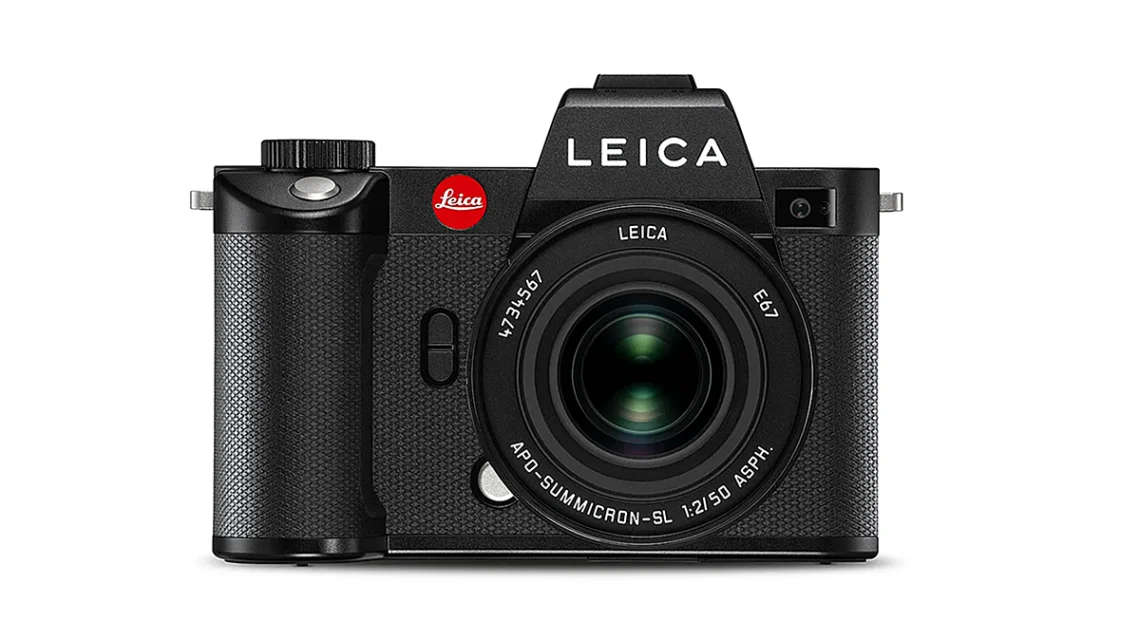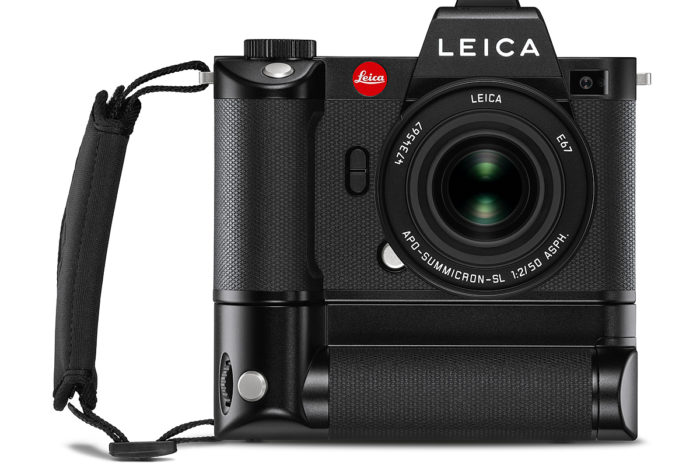
Leica SL2 Announced
Leica has announced the long-leaked and long-expected update to the full-frame mirrorless SL, the appropriately named SL2.
It brings several expected and significant updates to the original Leica SL, including a sensor upgrade from the old 24.2MP unit to a 47MP sensor, similar but not identical in pixel count to that in the Leica Q and that of their technology partner Panasonic and their Lumix DC-S1R camera.
Although often overlooked, it’s no secret that the original SL electronics and many of its internal components are made by Panasonic and it’s not difficult to see that the SL2 shares much of its DNA with the Panasonic Lumix DC-S1R.
Although the imaging pipeline is 14 bits with ISO sensitivity up to ISO 50,000 using a new Maestro III processor, there are a few tweaks here and there. The actual pixel count is very slightly lower and full-resolution capture is possible at up to 10 fps with the focal plane shutter (as opposed to 9 fps on the S1), and 20 fps electronically.
The SL2 also shuns XQD for two UHS-II compatible SD cards.
Nevertheless, the Leica SL2 also gets the 5-axis IBIS and is able to compensate for camera shake at up to 5.5 stops. This by itself makes the SL2 an extremely attractive option for Leica lens shooters, (think stabilised M and S lenses using an adaptor and of course those Leica movie lenses) and is the first Leica to include IBIS officially (though technically, that option already existed with the Lumix S1 series).
Incidentally, the Panasonic Lumix DC-S1R provides up to 6 stops correction, but that’s only when used with lenses that feature IS. Currently, only one Leica SL lens the 24-90mm F2.8-4 features OIS, but no information on how that interacts with IBIS was available at the time of the launch.
IBIS also brings with it the multi-shot feature of the Lumix S1 models and, in this case, the ability to produce a single RAW (DNG) file of around 187MP from stitching eight images together from a half-pixel shift of the eight images. We’ve already seen that the feature in the Lumix S1R is one of the best implementations of its type so far. It’s an improvement over the Sony option, anyway, in that it produces a single DNG file in-camera (with no importing images into software to complete the task). Time will tell (with testing) but this could be a real challenger to the Sony 3.7 μm sensors in the a7R IV and the medium format (MF) cropped, and possibly even the full-frame MF sensors (100MP and 150MP, respectively).
The original SL’s electronic OLED viewfinder was class-leading at the time of the introduction in terms of resolution (4.4 M-dot), reduced lag, magnification and eye-point and that has been upgraded in the SL2. It’s now equipped with a higher resolution (5.76 M-dot) display.
The SL2 also gets better ergonomics from a larger hand grip and sees the improved three-button interface already seen in the Leica Q2 and Leica M10. If you’re already a user of one of those models, then you’ll feel at home with the SL2. Not having to learn new controls makes it so much easier when moving between bodies, so kudos to Leica for aligning across their model lines.
Around the back, the camera now features a larger 3.2-inch (and 2.1 m-dot resolution) touchscreen display, up from 3 inches although not articulated.
After my short time with the camera, I can say all of the reasons I liked the SL for have been successfully implemented with the SL2 – the chassis is still rock-solid and the lip inside the front grip makes for holding the camera even more assured. As for the operation, the layout all feels familiar – the control dials are much the same, the joy-stick is well-placed and responsive and yet it’s undeniably more complex than the original SL. That really can’t be helped. Leica has done really well to keep it all as logical as possible.
Two, new dedicated ’status’ windows, one for stills and the other for video, for instance, keep the settings relevant for the mode you’re in. I’m all for simplicity if it helps break down the barrier between technology and the flow required for ‘seeing’ the image before capturing it.
The Leica SL2 also gets better weather sealing, with an IP54 rating, though that particular classification refers more to dust ingress than water (i.e., rain or humidity) but any improvement is a move in the right direction. One thing that hasn’t changed is the battery. So if you’re adding the SL2 to an existing SL, you won’t have to double up with two chargers when travelling.
One of the key messages from the press briefing is this camera’s suitability for video. It’s a progressive move from stills with ad-hoc movie capture, courtesy of the pretty strong video features of the Leica SL, to a more clearly defined repositioning of the SL2 for the movie-making crowd.
Aside from the number of press images showing the SL2 with the PL-mount Leica movie lenses, the camera’s specs speak for themselves.
The original briefing from Leica mentioned 6K, like the Panasonic Lumix S1H. However, the Leica SL2 in fact gets a 5K movie option, as well as 4K up to 60 fps, and Full HD up to 180 fps. The 4K Cine mode adopts manual control using degree angles instead of shutter speeds, ASA instead of ISO and T-stops in favour of F-stops. I’m all in favour of it as an option, but it’s obviously more geared to movie makers working on set, perhaps switching between professional movie cameras and this than anything else. Built-in connectors include headphones and mic jacks, and a full-size HDMI instead of the adaptors required for the original SL.
Some controversy exists over the actual weight of the body with the initial PR material stating it was lighter than the original SL, at 835 g (without battery), but that seems unlikely. This feature will be updated once the weight is confirmed.
The Leica SL2 will be available at the Leica Store London from 21st November 2019, RRP £5,300 (body only).
Three new Summicron (F2) lenses were mentioned during the press briefing; 28mm, 24mm and 21mm. Apart from indicating that the 28mm is likely to be the first to arrive, no time frames were given.
Check Price and Pre-order





